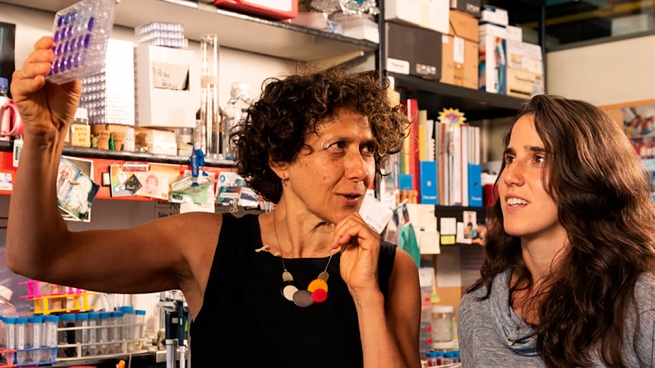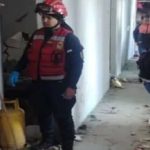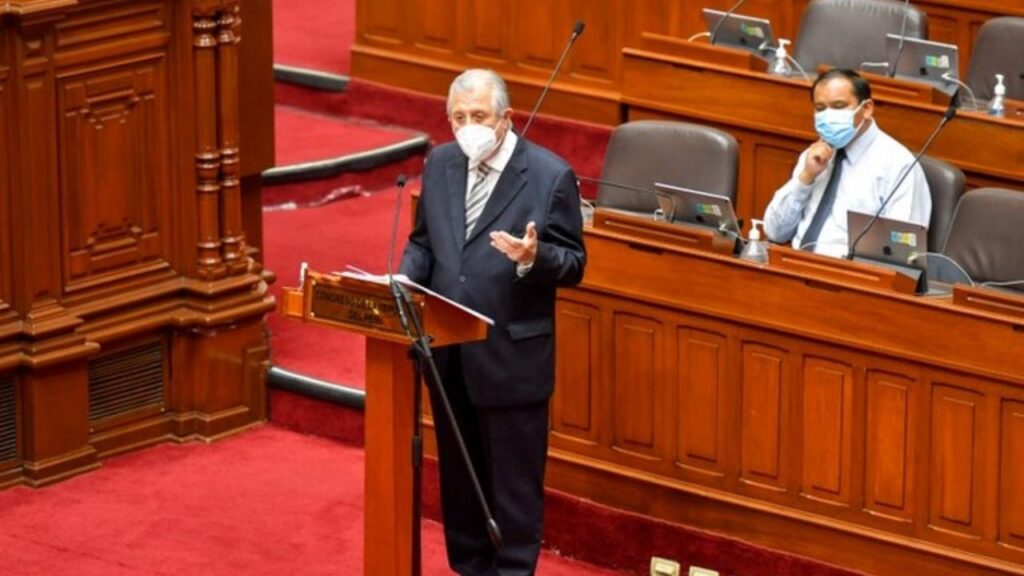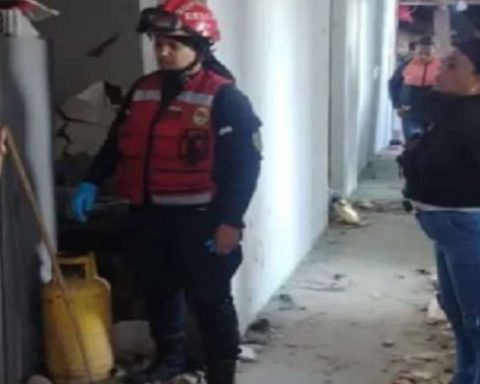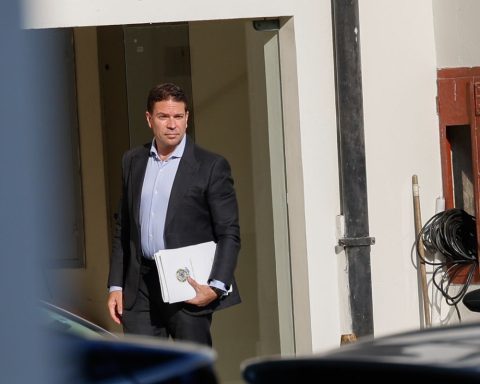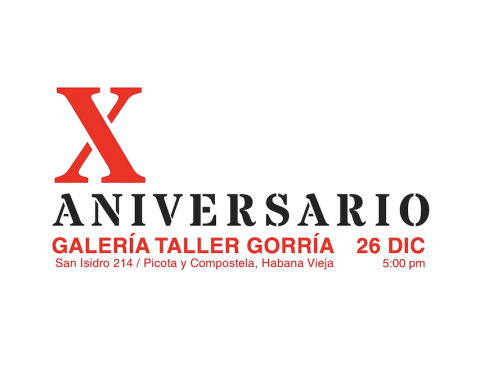There was a time of darkness and fear: the one in which the coronavirus had settled in Argentina and nothing was known about the famous invisible enemy that had to be dealt with.
Talking about vaccines was a chimera and the country had not yet developed its own test to detect the presence of covid in a human body.
It was the time when the researcher Andrea Gamarnik decided to put aside his decades-long research on dengue and made the laboratory available for research into the new global threat.
He worked tirelessly with his team, spending 15 hours a day in the lab, often on weekends as well. And it was not in vain: they managed to develop the first serological test 100 percent Argentine industry.
In the midst of the frantic process something wonderful happened. The music Clara Cantore, who knew Andrea, was in Unquillo desperate to somehow help the researchers who were leaving everything behind. And his way of collaborating was to do what he knows how to do: play and sing. Every morning he got up and sent songs to Andrea.

At this early stage of the project, musical “gifts” were heard in the lab that Andrea runs. “It was a mime, around there it was 11 at night, we would go buy cheese to eat something and we would come back and listen to what Clara had sent us”, says the biochemist with a doctorate in Virology who has been studying dengue and other neglected diseases for more than 20 years.
grows from the foot
Chatting, they realized that science and music were not watertight compartments and that, quite to the contrary, the joint from both worlds could make visible both the work of scientists and the work of artists.
And they began to think about how to turn the idea into a product that would have the participation of established musicians who would help spread the project. Music for Science was being born.

The first experiences
At first, an artist sent a song to a scientist or scientific and he dedicated it to a colleague. COver time, it occurred to them to do it live. At last chapter, which has not yet been released, Sandra Mihanovich, who was one of the first artists to be interested in the idea from its embryonic stage, interacted with chemist Daiana Capdevila at the laboratory.
“I saw a fat model of what a coronavirus looks like. Entering a laboratory is an exotic thing, it is full of refrigerators. But at the same time, for researchers it is their sacred place of work and it is moving to see how they surround themselves with objects that do them good, with photos of their families,” Sandra Mihanovich told Télam. This chapter is perhaps the most successful in the format they designed over time and is close to being released on YouTube.
Today you can visit the page of music for science, find out about the project and even make donations.
“I never imagined that I would share an experience like this with Sandra, We are talking about a development that we are doing as a self-test for covid,” said Capdevila. For the researcher, What both jobs have in common is “falling in love” when dealing with them and the feeling that what is done can have an impact, Sandra’s music has it and boy is the task of the scientists having it at this stage.
Capdevila is a chemist graduated from the UBA, a Conicet researcher in the area of Biological and Health Sciences, works at the Leloir Institute and directs the Institute of Physical Chemistry of Infectious Diseases.
15 people work in the interdisciplinary team led by Cantore and Gamarnik, from anthropologists to people who deal with social networks.
For Mihanovich, a pillar of the project, the most interesting thing is that it is “anti-crack”: “no matter how you think or who you vote for, this unites us all because it is about health and nobody can be against it,” he said.
Passion and obsession, the points of contact

As a matter of ignorance, Mihanovich says that there is a tendency among artists to consider that they are the only ones privileged because they do what they like and get paid. She discovered that nothing further. “I met Gabriel Rabinovich, a scientist who posted a photo of his paradisiacal place on Twitter. It wasn’t a Caribbean island, it was a laboratory”, says Sandra enthusiastically.
Who is Andrea Gamarnik?
Andrea Gamarnik is a biochemist graduated from the Faculty of Pharmacy and Biochemistry from the UBA. She is director of the Biochemical Research Institute of Buenos Aires, IIBBA-Conicet and head of the Molecular Virology Laboratory of the Fundación Instituto Leloir. Made a postdoctoral fellow in Virology at the University of California, San Francisco.
“What we are making visible is a way of building that has nothing to do with science or music. You can build an ecosystem from what you love. I am so interested in Music for Science that my musical project was displaced”, he said. sing.
For Lito Vitale, the presence of Clara, whom he respects and admires, was a guarantee to join the project. “Finally science and music have in common that they are passionate activities and those who achieve some landmarks in those areas are, of course, very passionate people”, he reflects.
Those who got on the boat
Mihanovich was the first to get on the boat. But so did Lito Vitale; Nahuel Pennisi, Eruka Sativa, Juan Carlos Baglietto and Juanchi Baleirón, leader of the Pericos. “Science is good, music too. I found it super interesting to do a different version of Sin Cadenas, a topic of ours. The arrangements were made by Juan Tórrez Fernández and they turned out great”. Juanchi said. Even Pinion Fixed made its contribution to a Children’s Day.
Suddenly we were all experts
The pandemic made people who are generally not in the habit of reading scientific news become “experts” on the coronavirus. Or at least learn several things.
“It is great that at this stage and from the laboratory and live, scientists explain to musicians how the combination of vaccines works or the difference between a PCR and an antigen test,” Cantore enthuses.
In this stage They have already managed to get the artists to go live to the scientists’ laboratories to sing and internalize the work in situ. A virtuous exchange.
Who is Clara Cantore?
Clara Cantore is a young Argentine musician who has been touring the world with a new way of conceiving music with folk roots in the Bass as a solo instrument. Although her music is included in Argentine and Latin American folklore, the influence of Jazz is very noticeable. , tango, flamenco and Latin American music, the result of his search and extensive training.
The future
Both Clara and Andrea have the intention to go ahead with the project once the pandemic of coronavirus be part of the past. Both are clear that they generated a powerful idea, a platform that can shed light on the work of scientists on topics of general interest. The next challenge that they want to face is that of the neglected infectious diseases. “My laboratory has been working on dengue for years, we discovered how it multiplies”Andrea tells.
She is convinced that not only art leads to creative processes and that an interdisciplinary dynamic of work, solidarity and collaboration must be promoted.
Music for Science is proof that doing so is possible.
